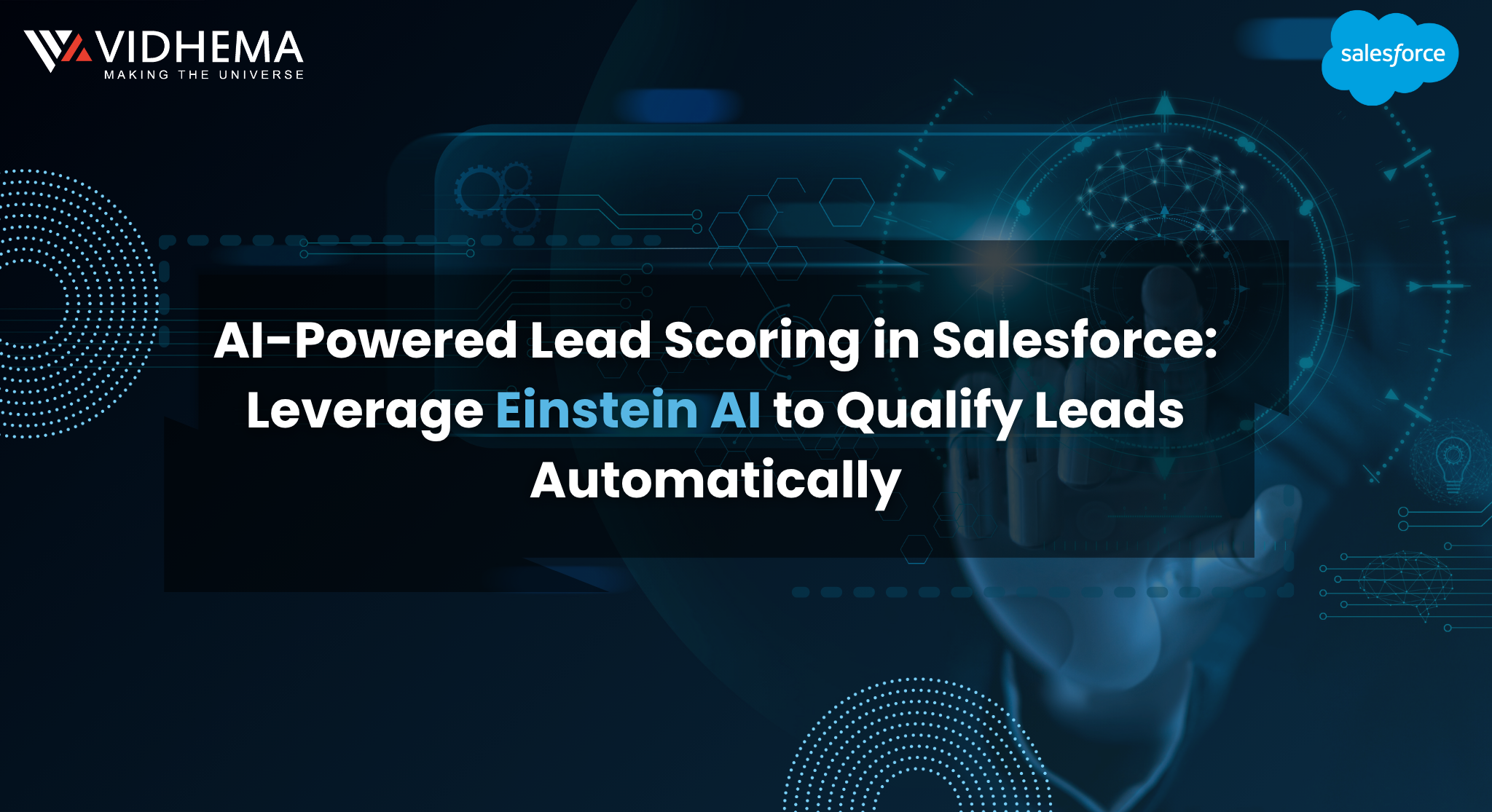Agentic AI: The Future of Smarter Automation
Agentic AI is quickly emerging as a game-changing technology across industries. It brings together advanced artificial intelligence tools—like large language models (LLMs), traditional machine learning, and enterprise automation—to create smart, autonomous agents. These agents can analyze data, set goals, and make decisions with minimal human input. And the best part? They keep learning and improving through every interaction.
Unlike older systems that follow fixed rules (like Robotic Process Automation, or RPA), agentic AI is based on probabilities. That means it can adapt to new situations, make decisions based on patterns, and respond to changing environments. It opens the door to automating complex tasks and workflows that were too unpredictable for rule-based systems to handle.
But agentic AI isn’t just about doing things faster—it’s about doing them smarter. These systems understand context, adjust to new information, and even work alongside humans to solve problems. In short, agentic AI is helping businesses rethink what’s possible with automation.
That said, RPA still plays a vital role in handling highly structured, secure, and compliance-heavy tasks. The future of enterprise automation will likely be a blend of both: deterministic systems like RPA for routine processes, and probabilistic agentic AI for more dynamic, intelligent tasks.
Agentic AI & Agentic Automation: A Smarter Way to Automate
Agentic AI is ushering in a new era of automation—agentic automation—designed to handle the kind of complex, unstructured processes that traditional rule-based systems just can’t manage on their own. While RPA (Robotic Process Automation) has been great for automating repetitive, structured tasks, agentic automation goes a step further. It introduces a more dynamic, context-aware way of working—allowing automation to think, adapt, and respond in real time.
This isn’t just an upgrade to RPA—it’s a game-changing evolution. Agentic automation brings together AI agents, RPA bots, and humans in a collaborative system. Humans set the goals, oversee governance, and step in when decisions need critical thinking. Meanwhile, bots handle the heavy lifting—like logging into systems, gathering data, and performing actions—giving AI agents the context and information they need to make smart decisions.
The result? A well-orchestrated ecosystem where agents, bots, and people work together seamlessly. When managed on the same platform, this trio delivers higher productivity, better control, and stronger security.
By integrating advanced AI with automation platforms like UiPath, businesses can:
- Coordinate human, bot, and AI agent tasks effortlessly
- Run a secure, well-governed multi-agent environment
- Automate dynamic, data-driven workflows across systems like CRM and ERP
- Make better, faster decisions using real-time data
This blend of intelligence and action gives organizations the flexibility and scale they need to take automation to the next level—and transform how work gets done.
Why should you care about Agentic AI and Agentic Automation? What’s in it for you?
Well, it’s not just hype anymore—agentic AI is already making a real difference in lots of industries. Here are a few use cases that are pretty game-changing:
- Customer Support that thinks for itself – Instead of just replying with scripts, agentic AI can understand customer intent, ask clarifying questions, and resolve issues without human help (but still knows when to escalate). It’s like having a super-smart support agent who never sleeps.
- Sales Assistants that actually assist – AI agents can follow up on leads, write personalized emails, and even book meetings—saving sales teams a ton of time. And yeah, they don’t get tired or forget who said what.
- Smart Ops in Finance & Insurance – These AI agents can process claims, flag unusual transactions, or pull together data across systems to help analysts make decisions faster. It's not perfect, but it's getting scarily good.
- Healthcare Automation – From scheduling to pre-screening patients, agentic AI helps reduce admin overload and make sure info flows between the right systems. Plus, it can nudge staff on important tasks (yep, no more sticky notes).
- Project Management that actually manages – Some companies are using agentic AI to track progress, follow up with teams, and even reschedule things based on shifting priorities. Kinda like having a proactive PM who doesn't need coffee.
Sure, it's still early days in some areas, but these use cases are showing just how powerful (and practical) agentic AI can be. It’s not about replacing people—it’s about working with them to get more done, faster.
Some of the most impactful Agentic AI use cases today?
Agentic AI is already making a real difference in several industries. It’s not just future talk anymore—here’s where it’s actively being used:
- Smarter customer support – AI agents can now handle full conversations, solve problems, ask follow-up questions, and even know when to escalate to a human. No more endless auto-responses that go nowhere.
- Sales outreach and follow-ups – These agents can send personalized emails, follow up with leads, track conversations, and even help schedule demos—saving sales teams a lot of time and effort.
- Operational workflows – In areas like finance, HR, and legal, agentic AI is reviewing documents, summarizing information, pulling data from systems, and even taking actions without constant human input.
- Healthcare admin tasks – From appointment scheduling and reminders to patient intake forms and document summaries, AI agents are helping reduce the load on healthcare staff while staying adaptable to patient changes.
- Project tracking and management – AI can now monitor project progress, send reminders to team members, adjust timelines, and help keep everyone on track—like a digital project manager that never forgets a task.
Agentic AI may not be perfect yet, but it's already proving to be a valuable tool for saving time, reducing errors, and helping people focus on more strategic work. It’s definitely a technology to watch in the years ahead.
How did we even get here with Agentic AI?
It all kinda started with those early chatbots—remember the ones that could barely hold a convo without getting confused? They ran on simple decision trees and pattern matching, basically just spitting out pre-set responses based on keywords. At the time, they felt like a big deal. And honestly, they were—they kicked off a whole new way for humans to interact with machines.
But as cool as they seemed back then, those bots had some serious limitations. They couldn’t really understand context, handle complex questions, or adapt if a user asked something unexpected. Still, they showed us what was possible. Businesses started using them for customer support, basic Q&As, and simple automation tasks.
Then things started to change. As AI tech got smarter—and enterprise tools got better—those basic bots started to evolve. We moved from rule-based scripts to more intelligent systems that could understand natural language, make decisions, and actually learn from interactions.
That’s where Agentic AI enters the picture. It builds on everything that came before, but takes it way further—combining advanced AI models with automation to create systems that can work independently, respond dynamically, and handle real-world complexity like never before.
So, how did LLMs help bring agentic AI to life?
The game really changed when large language models like GPT-3 and GPT-4 hit the scene. Suddenly, AI could actually understand and generate human-like text in a way that felt natural—and honestly, a little mind-blowing. Conversations weren’t just functional anymore—they were fluid, contextual, and even creative. That opened the door for way more advanced applications.
Think of LLMs as the "brains" behind agentic AI. They give these AI agents the power to actually understand what we’re saying, follow complex instructions, and respond in ways that make sense. That’s a huge deal because it means these systems can now do more than just follow scripts—they can really interact.
But it goes beyond just talking. LLMs also help agentic AI analyze information, recognize patterns, make decisions, and even take action based on goals they've been given. That kind of autonomy is what sets agentic AI apart from older, rule-based automation. It’s not just doing what it’s told—it’s figuring out how to do it, and adapting along the way.
Basically, LLMs gave agentic AI both the language skills and the brainpower to become something truly useful—and even kind of collaborative.
What are the risks and challenges of adopting Agentic AI?
Adopting agentic AI isn’t all smooth sailing. While it brings a ton of potential, there are some risks and challenges businesses should keep in mind. Here’s a breakdown:
- Data Privacy & Security: Since agentic AI often relies on large sets of data, there’s always the risk of sensitive information being mishandled or exposed. Companies need to ensure robust security measures are in place to protect both user data and company info.
- Unintended Consequences: Because agentic AI can make decisions autonomously, there’s a chance it might take actions that weren’t anticipated or desired. These systems still need careful oversight to make sure they’re working as intended and not causing any harm.
- Bias in AI Decisions: Like all AI, agentic AI can inherit biases from its training data. If the data is flawed or incomplete, the system might make biased decisions, which can hurt both fairness and the quality of outcomes.
- Complexity in Integration: Implementing agentic AI isn’t as simple as just plugging it into your system. It requires time, resources, and expertise to make sure it integrates seamlessly with existing workflows and processes.
- Lack of Transparency: Some agentic AI systems operate in a “black box” manner, meaning it’s not always clear how they make decisions. This can be an issue when trying to ensure accountability, especially in high-stakes industries like healthcare or finance.
- Job Displacement Concerns: As agentic AI automates more complex tasks, there’s the concern that it might replace certain jobs. While AI can free up people to focus on higher-level tasks, it can also create anxiety about job loss in certain sectors.
While agentic AI brings exciting possibilities, it’s essential for businesses to navigate these challenges carefully and ensure they’re adopting the technology responsibly.
At Vidhema.com, we specialize in harnessing the power of Agentic AI to drive business efficiency and innovation. By integrating advanced AI with automation, Vidhema helps businesses implement AI-driven solutions that are not only scalable but also capable of autonomous decision-making. Our expertise ensures that companies can adopt Agentic AI with full confidence, addressing the challenges of data security, integration, and transparency. With our solutions, you can unlock the full potential of AI to enhance workflows, improve decision-making, and deliver superior customer experiences—while maintaining the highest standards of governance and control.
Frequently Asked Questions
A lot of people don't appreciate the moment until it’s passed. I'm not trying my hardest, and I'm not trying to do

.png?alt=media&token=21317436-4d9f-46f4-a8ba-f0b85433df3f)

